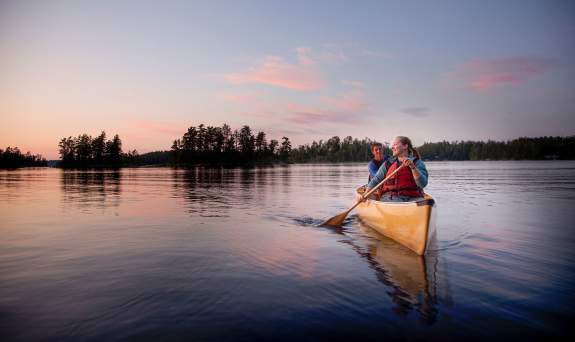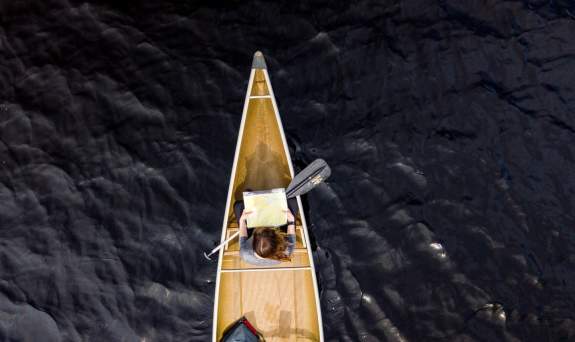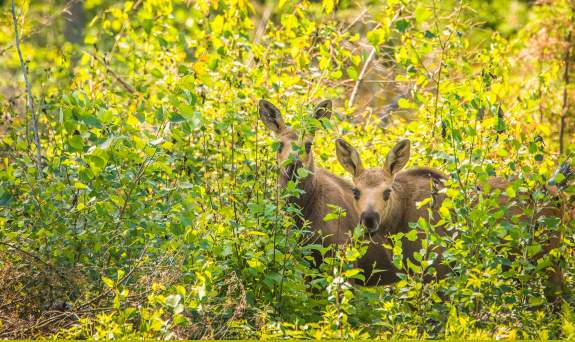The pristine waters. The dramatic, glacially-carved landscape. The seemingly unending wilderness. A trip to the Boundary Waters Canoe Area Wilderness (BWCAW) is a chance to set technology aside and spend days on end out in the elements. Maybe you’ve been wanting to take your family camping in the BWCAW for years but haven’t taken the leap quite yet. Maybe you’re a seasoned BWCAW veteran thinking about taking your little ones in for the first time. Maybe you fall somewhere in-between.
No matter your experience level, a trip into the BWCAW will challenge your family to slow down, work together and to enjoy life’s simplest pleasures. This is the year you transform your family into a Boundary Waters family.
Planning a BWCAW Trip the Whole Family Will Love
Each voyage into BWCAW is perfect in its own way. Whether you prefer treading new ground or exploring the same route year after year, no two trips are ever the same because the wilderness is always changing and growing. No matter what, every trip starts with a plan. First-timers, longtime veterans and those working with an outfitter should consider the following:
1. When to Go
The BWCAW is always open for adventures, and over 250,000 people visit the BWCAW each year. Every season holds its own special experience.
Spring (May – June) - expect to find fewer visitors and cooler weather. If wildflowers, baby animals and excellent fishing is what you are seeking, spring will deliver.
Summer (July – August) – As summer progresses and temperatures warm up, more people tend to visit the BWCAW. Berry picking, swimming, and comfortable temperatures are what you’ll find.
Fall (September – October) - crisp air, fall foliage, fewer people are what you’ll find in the fall. The days are typically still warm enough to swim but the nights are cold and perfect for hot chocolate around the campfire.
Winter (November – April)- trade your canoe for a pair of skis and explore the region on the snow. It is the quietest time to visit the BWCAW.
2. Where to Go
The BWCAW covers over 1 million acres and is accessible through designated entry points. Entry points are marked on BWCAW maps and offer a wide boat launch space from which to begin (and conclude) your journey. If you’re not using an outfitter, you may park any vehicles and trailers in designated areas at the entry point. Most visitors enter and exit the BWCAW through the same entry point. If you plan to exit elsewhere, be sure to plan transportation back to your vehicle.
Once you’ve chosen an entry point, you can begin planning your route. The world is your oyster. Use a BWCAW map to choose lakes, portages and campsites within your group’s skill level – i.e., if your group includes small children, it’s best to stick to smaller lakes and shorter portages. For insider tips on the best sights and hot fishing spots, check with an outfitter. Download our Packing List for a few of our favorite beginner BWCAW trips.
Remember, portages are measured in rods, one rod is equal to 16.5 feet (approximately the length of a canoe) and there are 320 rods in a mile.
3. Securing a Permit
You must have a permit to enter the BWCAW. The U.S. Forest Service requires permits for all visitors, whether you’re just visiting for the afternoon or planning to camp overnight. These quota permits help minimize environmental impacts by regulating the number of visitors who can access the BWCAW each day. During peak summer season, some entry points fill their quota quickly. Reservations for the year open annually in January.
Groups are limited to nine (9) people and four (4) watercraft. This keeps the impact to the wilderness low while improving your enjoyability and opportunities to see, experience and appreciate wildlife and the environment.
As soon as you have your dates, group and route selected, go ahead and reserve your permit. You can reserve a permit online on the BWCAW website, or in-person through your outfitter or U.S. Forest Service office near your desired entry point. You’ll be able to pick up your permit up to 24 hours prior to your entry date.
4. What to Eat
For many, meal planning for the BWCAW is one of the best parts when preparing for a trip. For others, the task seems daunting. Our advice? Keep it simple and keep it nutritious. When you’re spending your days paddling and carrying heavy packs and canoes on portages, every calorie counts. We recommend:
- Breakfast: oatmeal, dried fruit, nuts, nut butter on crackers/tortillas/bread. Coffee/tea. Toward the beginning of your trip: pancakes and BACON.
- Lunch: Groups tend to be on the move over lunch, so grab-and-go options are a safe bet: trail mix, jerky, cheese sticks, PB&J sandwiches (or try rye crisps, which do not squish as easily as bread!), granola bars, etc.
- Dinner: nothing beats a fresh caught fish dinner while in the BWCAW, but make sure to always have a backup plan in case the fish are not biting. For nights two and beyond, we recommend simple dinners like soups or skillet rice dishes. If you’re feeling adventurous, try a Campfire Pizza – it’s easier than it sounds, and is always a crowd-pleaser.
5. What to Pack
Having the right clothing and gear available is the difference between a good trip and a great one and achieving the right balance between essential and nice to have often takes a few trips to work out. Of course, every BWCAW visitor has different preferences, goals and skills that make their packing lists unique.
It's tempting to plan every detail, but there's the trip you plan and there's the trip that ends up happening. The beauty of this place is seeing and experiencing things you've never seen or thought of. It's really about being in the moment and enjoying the show that nature provides for you - you just have to take the time to see it.
-Dave Seaton of Hungry Jack Outfitters
We put together our essential BWCAW packing guide for families to use as a starting point. We’ve covered the basics. It’s up to you to fill in the gaps for your family’s adventure. Check it out and get started planning the perfect family camping adventure. See you in the BWCAW!
More Boundary Waters Adventures
Boundary Waters
The Boundary Waters Canoe Area Wilderness (BWCAW) is where silence and serenity are here for you to discover. You will hear no traffic, ringing phones…
Gunflint Trail
Watch for wildlife and wander endlessly through the hiking trails and wilderness of the Gunflint Trail and Boundary Waters Canoe Area Wilderness.






